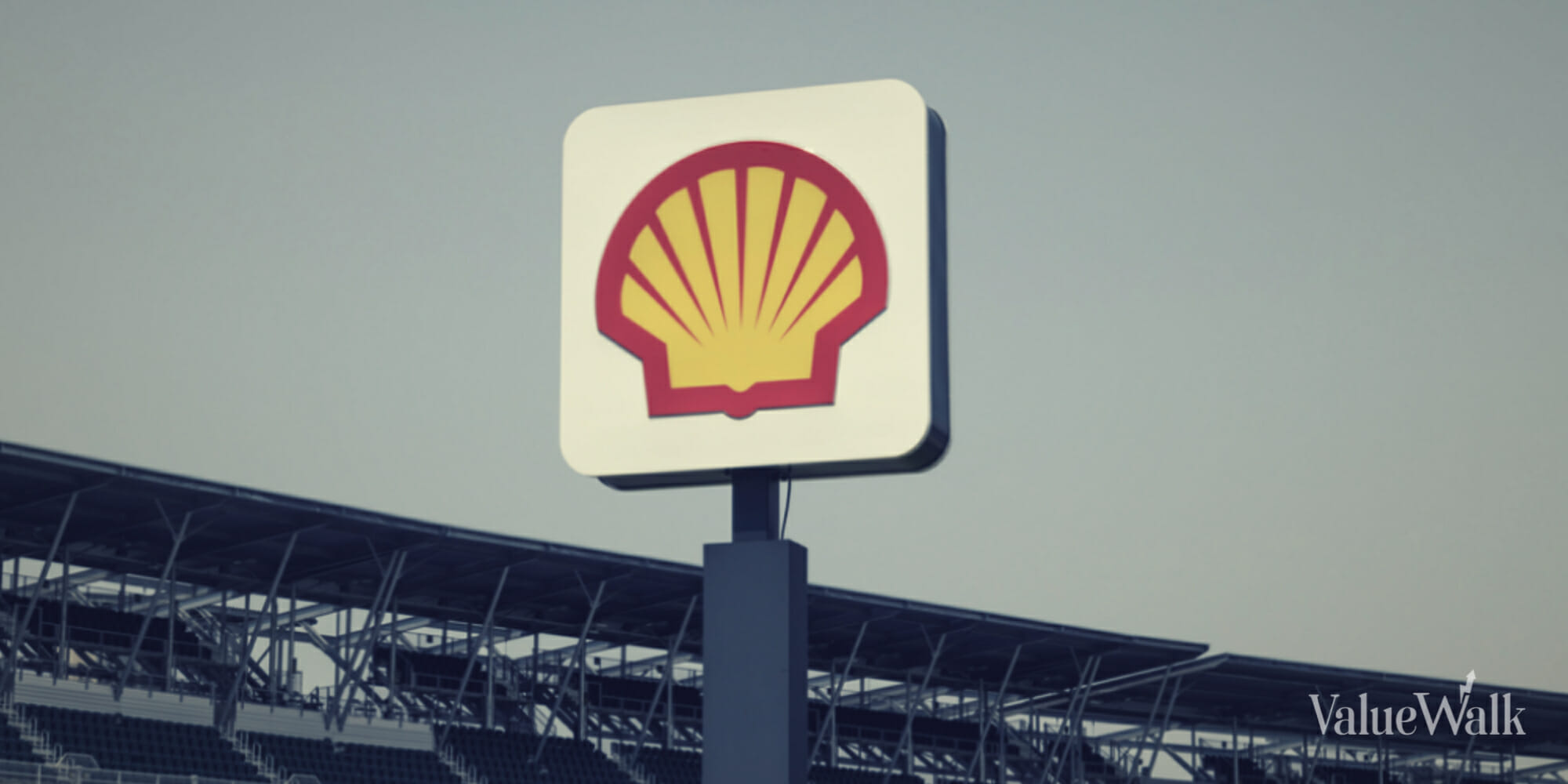As is tradition, China’s National Bureau of Statistics releases almost all of their key economic data at once, so here’s a quick run down on the key charts and trends. We covered this and more in theWeekly Macro Themes – China Special Editionthis week. Major data summary: GDP 6.8% y/y (consensus 6.7%, previous 6.7%), Industrial Production 6.0% y/y (6.1% expected, 6.2% previous), Fixed Asset Investment 8.1% (8.3% consensus/previous), Retail Sales 10.9% (10.7% consensus, 10.8% previous). The main takeaway is that the data has improved slightly in some areas compared to earlier this year/late last year, but overall it’s a case of stable vs slowing.

Follow us on LinkedInhttps://www.linkedin.com/company/topdown-charts
The standouts are the turnaround in nominal GDP growth (thanks in large part torebounding commodity prices), the rise in state driven investment, and ongoing credit growth and pump priming. Indeed the chart below is probably one of the “charts of the year” for China as it shows how state investment has been ramped up to offset the collapse in private investment (which was a combination of falling factory investment and contractingreal estate investment). Interestingly enough though, there are what appears to be green shoots in private investment…

Overall, I can confidently say that China’s economy is looking better now than this time last year (that’s based on a broad spectrum of data, not just the official stats!). Lagged effects of stimulus and the property price recovery along with an expected improvement in exports should help underpin growth in 2017.
Stable growth will be key for China in 2017 with a number of risks e.g. teetering property price cycle, the weakening Renminbi, the perennial growth/stability vs reform tension, the traditional 5-yearly leadership transition in China, and of course, the leadership transition in America.
China still faces significant structural challenges and systemic risks that have built up over the years, but it’s much-predicted and non-delivered day of reckoning has yet to come. Will it come this year? My bias would be to say no because a number of positive forces i.e. stimulus and a better global growth outlook, are more or less already baked in and will help support growth, the other point is that when you have a leadership transition you kind of need/demand things to be stable.
The main factor that would change that view would be an external shock or a collapse in property prices/the currency. We are closely watching these risks and will update our subscribers the moment anything material changes.
Follow us on:
LinkedInhttps://www.linkedin.com/company/topdown-charts
Twitterhttp://www.twitter.com/topdowncharts





